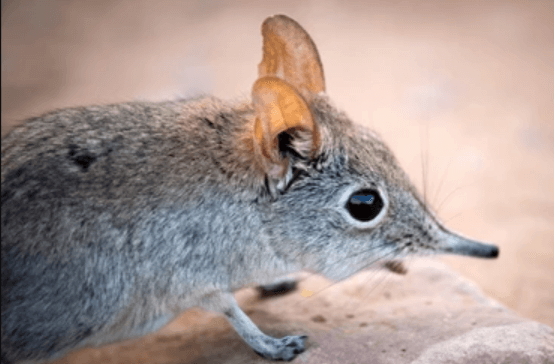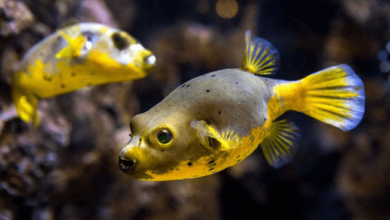Cute:9o26lr4edka= Shrew

The Cute:9o26lr4edka= Shrew, a member of the diverse shrew family, presents a compelling case for study due to its unique adaptations and ecological significance. Characterized by its small stature and distinctive snout, this species not only captivates with its appearance but also plays a critical role in maintaining the balance of its ecosystem through insect population control. As we explore the unique characteristics that define this shrew, one must consider how such a seemingly insignificant creature contributes to broader environmental dynamics and what implications this holds for biodiversity.
Shrew Species Overview
Shrews belong to the family Soricidae, encompassing over 300 species characterized by their small size, elongated snouts, and high metabolic rates, which enable them to occupy diverse ecological niches across various habitats.
Shrew behavior is largely influenced by their environments, as they adapt to terrestrial, arboreal, and aquatic habitats. Their foraging strategies and social interactions reflect their ecological flexibility and resourcefulness.
Unique Characteristics of Shrews
Possessing a distinctive combination of adaptations, shrews exhibit unique characteristics that set them apart from other small mammals, including a highly developed sense of smell and the ability to produce venom for subduing prey.
Their dietary habits are predominantly insectivorous, showcasing efficient foraging techniques.
Additionally, shrews exhibit diverse social behavior, often characterized by solitary tendencies, yet some species demonstrate temporary social interactions during mating periods.
Read also Cute:7yzhilpppg8= Strawberry Cow
Importance in Ecosystems
The unique adaptations of shrews, including their role as insectivores, contribute significantly to ecosystem dynamics by regulating insect populations and serving as prey for various predators.
Shrew behavior, marked by their high metabolic rates and foraging strategies, enhances their ecological impact.
Conclusion
In conclusion, the Cute Shrew represents a charming yet vital component of its ecosystem, embodying the delicate balance of nature.
Its unique adaptations, including a specialized snout and venomous capabilities, facilitate its role as an effective pest controller, contributing to the overall health of its environment.
By engaging in the intricate dance of predator and prey, this diminutive mammal underscores the importance of biodiversity, reminding us of the often-overlooked wonders that sustain ecological harmony.






